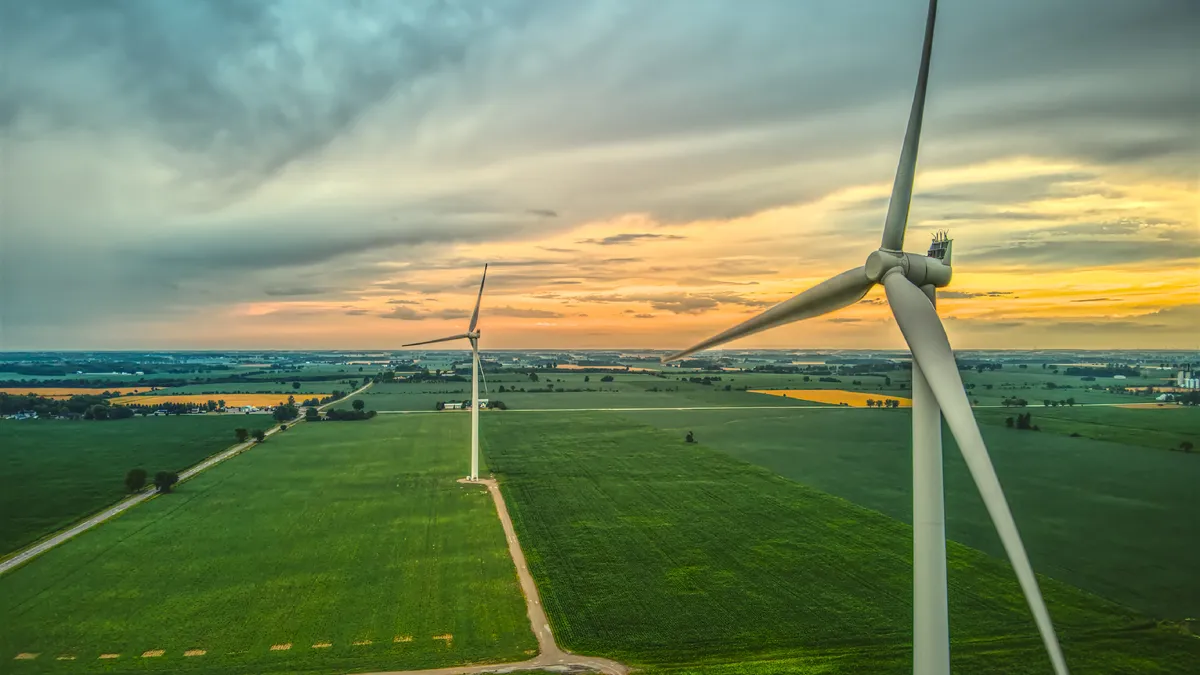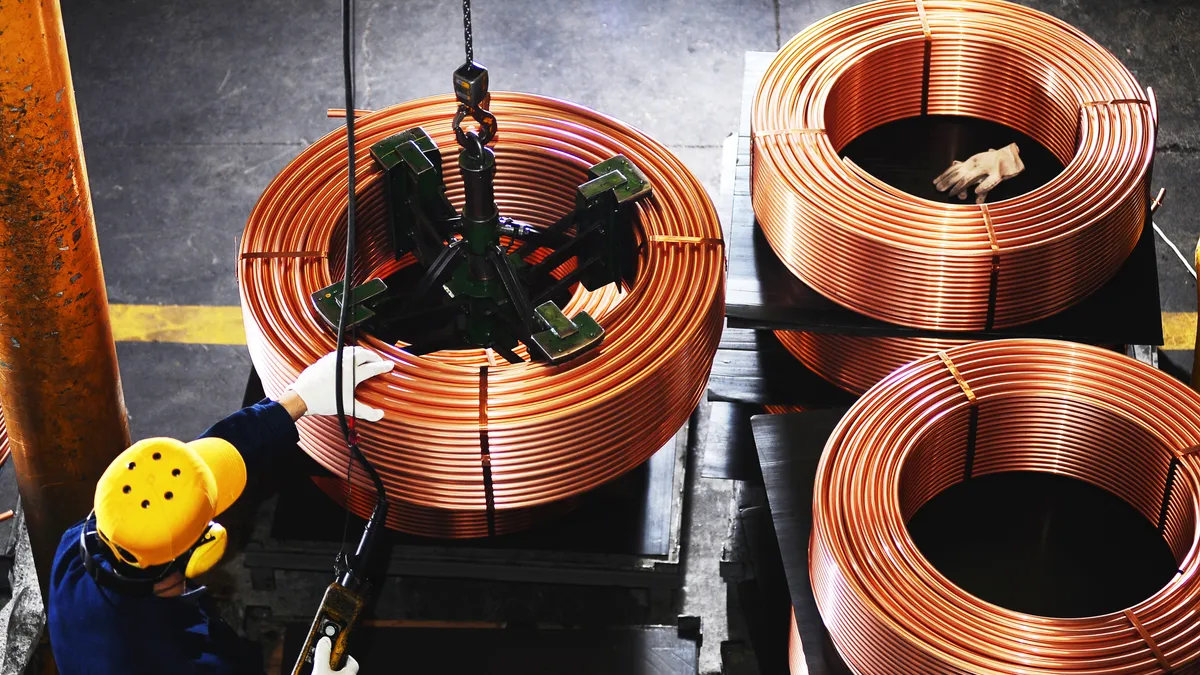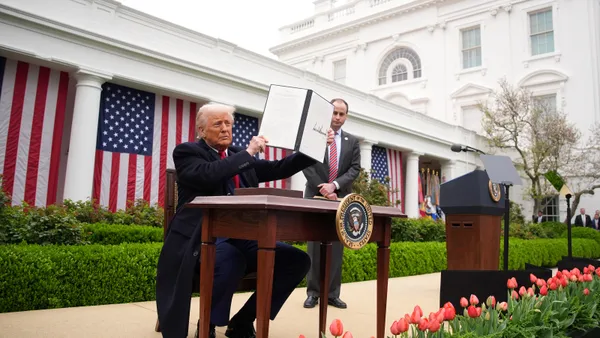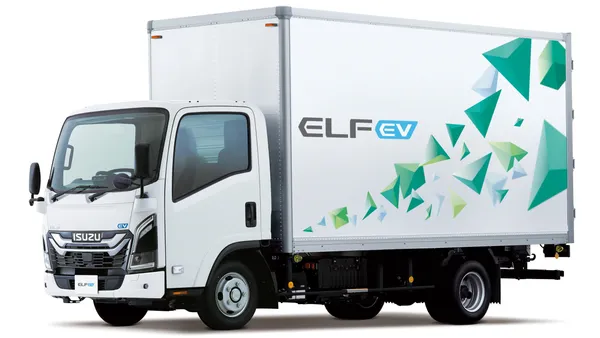Dive Brief:
- Circular strategies such as recycling can increase supply and decrease demand for rare earth minerals while leading to a more just and less polarized geopolitical landscape around the materials, according to a recent paper in the journal Nature Geoscience.
- The research team used advanced modeling to quantify how circular economy strategies can reshape global supply chains of elements critical for green technologies such as neodymium, praseodymium, dysprosium and terbium.
- They found that around 30% to 40% of rare earth mineral demand in the U.S., China and Europe could be met through reuse or recycling strategies by 2050. “This is particularly meaningful for the United States and the European Union, which rely highly on foreign [rare earth] sources,” the authors wrote.
Dive Insight:
With rare earth minerals being key manufacturing components for carbon-free technologies like electric vehicles and wind turbines, they are expected to play an increasingly critical role as the world looks to decarbonize.
Geopolitics could shape rare earth supply chains in the coming years. As the paper’s authors note, China, the European Union and the U.S. are the leading consumers of rare earth minerals. But only China is projected to be able to fulfill its domestic demand. The country’s in-ground holdings of rare earths amount to about $1.7 trillion, compared to the U.S.’s relatively paltry $44 billion.
U.S. leadership is well aware of the imbalance. A 2021 U.S. Department of Energy study found that rare earth elements may be particularly vulnerable to disruptions as demand rises. The White House has made direct investments, such as in a processing plant, while the Energy Department has offered tens of millions of dollars in funding to recover rare earths from coal-based sources.
Uneven distribution of in-ground stocks is “widely concerning as it may intensify international competition and geopolitical risks and further impede global climate goals,” the authors of the Nature Geoscience paper wrote.
The good news is that rare earths can be recovered and reused, unlike fossil fuels. The authors estimate that a circular economy for rare earths could raise the secondary supply by 701 kilotons and decrease demand by 2,306 kilotons within the next three decades.
They also posit that circular strategies could lead to a more just energy transition, as high prices for in-ground stocks of rare earths can lead to mining in socially and environmentally sensitive areas. Recycling and reusing can ease those price pressures that drive environmentally and socially problematic mining.
Manufacturers have been making investments in related circular strategies, including for minerals for EV batteries. Last year, Honda struck a deal with battery recycler Ascend Elements for the supply of recycled lithium-ion battery material. Later in the year, fellow automaker Toyota expanded a partnership with recycling specialist Redwood Materials to source materials for its battery supply chain.















